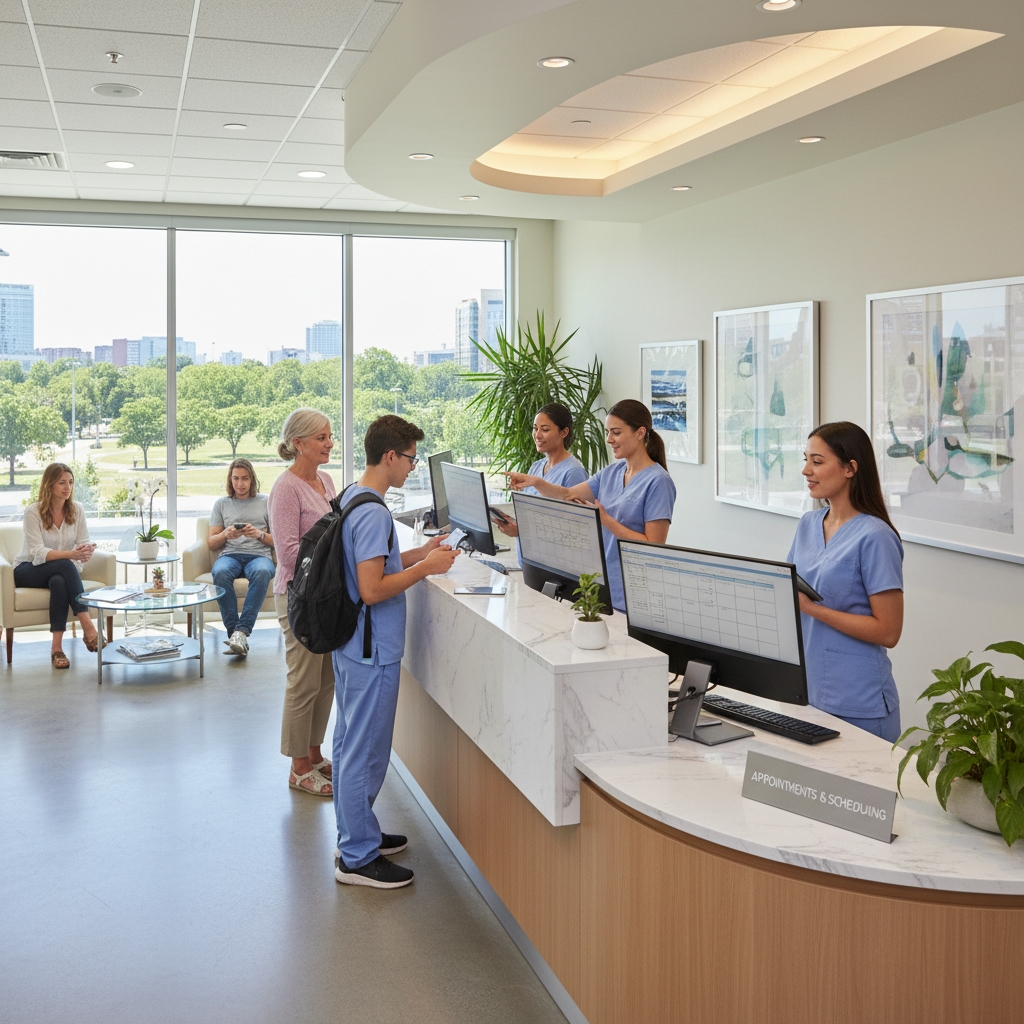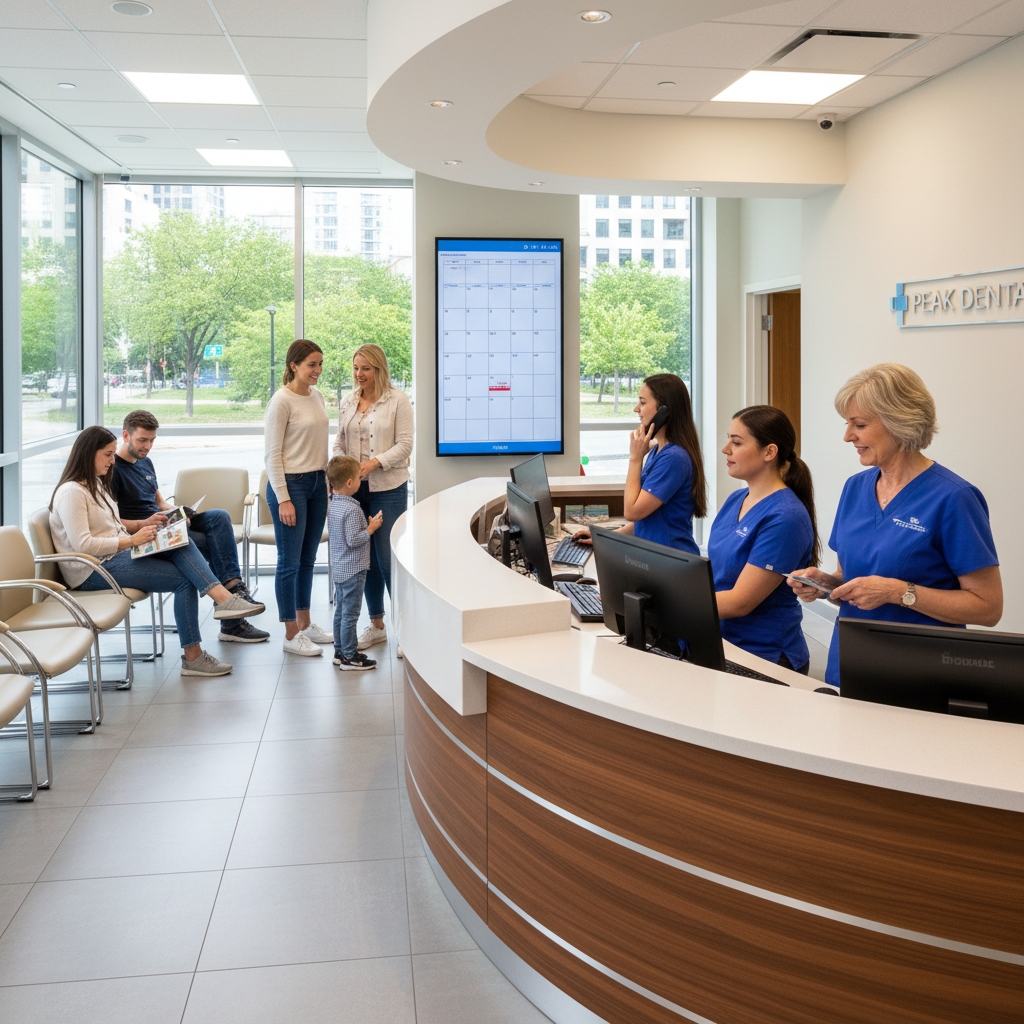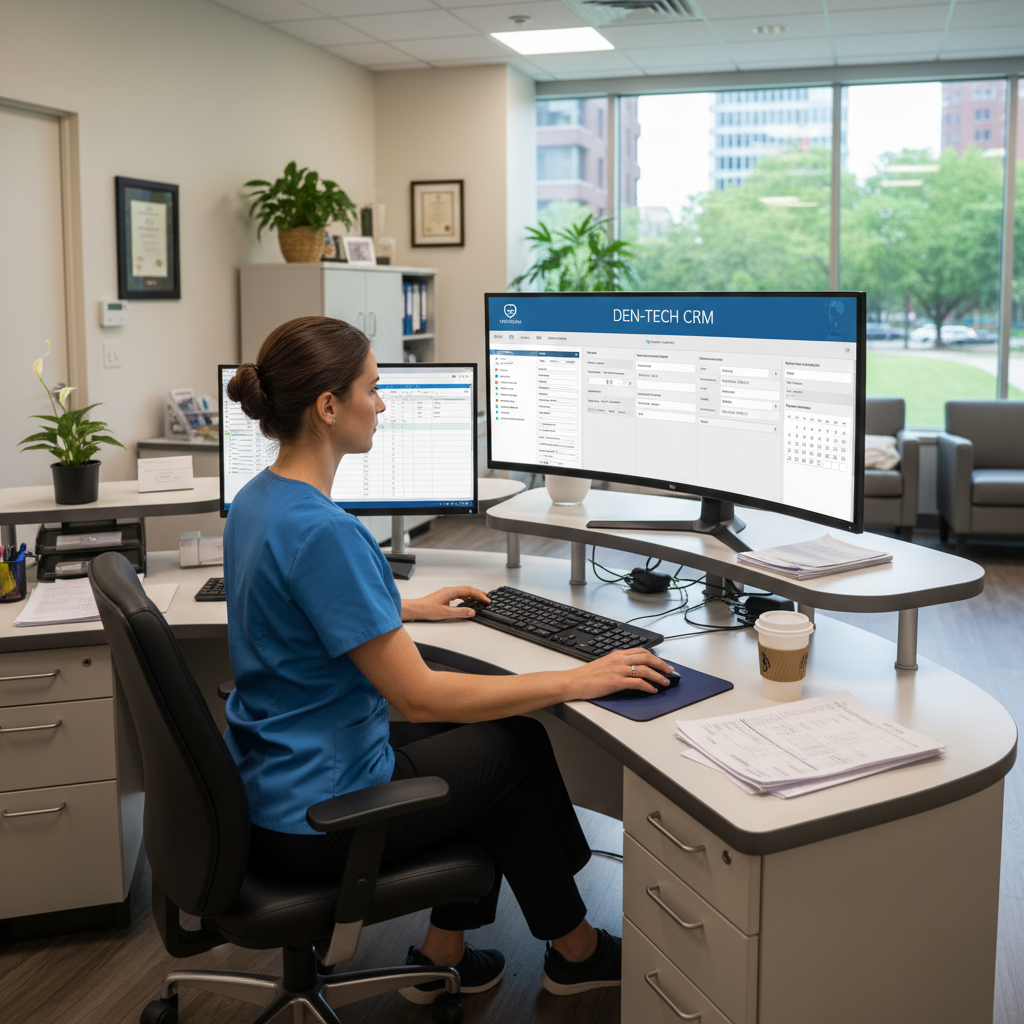












Blog Article


How to Ensure 24/7 Availability for Dental Patients in Pain - Guide For Dentists and DSOs
Dental emergencies don't follow business hours, and patients experiencing severe tooth pain need immediate access to care and guidance. Many dental insurance companies require offices to offer 24/7 support, making round-the-clock availability essential for both patient satisfaction and regulatory compliance.
Dental practices can achieve 24/7 availability through automated systems, answering services, and strategic call management without hiring overnight staff. The American Dental Association requires dentists to be available for patients anytime an emergency occurs, making it critical for practices to establish reliable after-hours communication systems.
Modern technology solutions enable dental practices and DSOs to capture emergency appointments, provide immediate pain management guidance, and ensure urgent cases reach on-call dentists promptly. This comprehensive approach protects revenue while delivering the immediate care patients expect during dental emergencies.
Key Takeaways
- Automated systems and answering services provide 24/7 patient access without requiring additional overnight staff
- Insurance requirements and professional standards mandate that dental practices offer round-the-clock emergency availability
- Strategic implementation of after-hours solutions increases revenue capture while improving patient satisfaction and care outcomes
24/7 Availability for Dental Patients in Pain
Dental practices face mounting pressure to provide immediate support for patients experiencing severe tooth pain, dental infections, and emergency situations. Most dental emergencies occur outside standard business hours, making round-the-clock availability essential for patient satisfaction and clinical outcomes.
Patient Expectations for Immediate Dental Support
Modern patients expect instant access to dental care when experiencing severe tooth pain or dental emergencies. This expectation stems from the availability of 24/7 services in other industries and the urgent nature of dental pain.
Emergency situations that drive patient demand include:
- Severe tooth pain from abscesses
- Knocked-out teeth requiring immediate attention
- Broken teeth with exposed nerves
- Dental infections causing swelling
- Failed dental fillings or crowns
Patients experiencing these conditions cannot wait until regular office hours. They seek immediate guidance on pain management, antibiotic prescriptions, or emergency appointments.
The pain from dental emergencies often ranks among the most intense physical discomfort patients experience. A tooth abscess or severe dental infection can cause debilitating pain that prevents sleep, eating, or normal daily activities.
Dental practices that fail to meet these expectations risk losing patients to competitors or emergency rooms. Patients will seek alternatives when their primary dentist cannot provide after-hours support for urgent dental care needs.
Impact of Round-the-Clock Access on Patient Outcomes
Round-the-clock dental availability significantly improves treatment outcomes by enabling early intervention during critical periods. When patients receive prompt guidance for dental emergencies, complications decrease and treatment success rates increase.
Early intervention benefits include:
- Reduced risk of infection spread
- Higher success rates for tooth reimplantation
- Decreased need for extensive procedures
- Better pain management outcomes
Patients who contact their dentist immediately after dental injuries have better chances of saving damaged teeth. Knocked-out teeth have the highest survival rates when treated within 30 minutes of the incident.
Dental emergency services provide immediate care that prevents minor issues from becoming major problems. A small dental filling that falls out can lead to severe tooth pain or root canal therapy if left untreated overnight.
After-hours access also reduces unnecessary emergency room visits. Hospital emergency departments cannot perform procedures like root canal therapy or tooth extraction, limiting their ability to address dental emergencies effectively.
Key Challenges in After-Hours Dental Availability
Providing 24/7 dental availability presents significant operational and financial challenges for dental practices. The primary obstacle involves balancing patient needs with practice economics and staff limitations.
Staffing challenges create the biggest barriers:
- High costs of overnight and weekend coverage
- Difficulty finding qualified emergency dentists
- Staff burnout from extended hours
- Training requirements for after-hours support
Many dental practices cannot afford full-time staff for nights and weekends. Hiring additional dentists or extending current staff hours increases labor costs significantly without guaranteed revenue increases.
Technology and logistics present additional hurdles. Practices need secure communication systems that comply with HIPAA regulations for patient information. They also require appointment scheduling systems that integrate with existing practice management software.
Geographic coverage poses challenges for solo practitioners and small group practices. Patients may live far from the dental office, making after-hours emergency visits impractical for both parties.
Insurance reimbursement for emergency dental care often differs from regular appointments. This creates billing complications and potential revenue losses that discourage practices from offering extended availability.
Missed Calls and Lost Revenue in Dental Practices
Dental practices miss approximately 32% of incoming calls, resulting in significant revenue losses that compound over time. Each unanswered call represents potential treatments worth hundreds or thousands of dollars, while manual follow-up processes consume valuable staff time without guaranteed patient recovery.
Missed Call Rates and Financial Impact
Dental offices face substantial financial losses when calls go unanswered. Studies show that only 68% of new patient calls receive responses, and merely 42% of answered calls convert to scheduled appointments.
This creates a compound problem. For every 100 calls received, practices lose 71 potential new patients. The math is straightforward - 32 calls go unanswered completely, while 39 additional answered calls fail to convert into appointments.
The revenue impact extends far beyond immediate appointment losses. Each missed call represents wasted marketing investment, as practices typically spend $200-$300 acquiring each new patient lead through digital advertising.
Key Financial Metrics:
- Average new patient value: $1,200-$1,800 first year
- Emergency call value: $500-$800 immediate revenue
- Monthly loss per 100 calls: $72,000-$108,000 potential revenue
Peak calling times create the highest risk periods. Monday mornings and lunch hours generate the most missed opportunities, as patients call during their own available time slots.
No-Shows and Manual Follow-Up Burden
Manual follow-up processes create significant operational inefficiencies for dental practices. Front desk staff must manually return each missed call, check voicemails, and attempt multiple contact efforts before reaching patients.
These manual processes consume 2-4 hours daily in busy practices. Staff members spend valuable time returning calls instead of assisting patients physically present in the office.
Poor call handling directly translates into lost opportunities and patient dissatisfaction. Patients experiencing dental pain expect immediate responses, not delayed callbacks hours later.
Manual Follow-Up Challenges:
- Time-intensive callback processes
- Multiple contact attempts required
- Delayed responses increase patient abandonment
- Staff cannot multitask effectively during peak hours
No-show rates increase when initial contact experiences are poor. Patients who struggle to reach practices initially demonstrate 40% lower retention rates for future appointments.
Automation offers significant advantages over manual processes. Automated systems can respond to missed calls within 60 seconds and recover up to 60% of missed opportunities through instant text follow-ups.
Costs of Losing Potential New Patients
Patient acquisition costs make each lost call particularly expensive for dental practices. Marketing investments to generate phone inquiries become worthless when calls remain unanswered.
New patient lifetime value in dentistry ranges from $3,000-$5,000 over multiple years. Emergency patients often require immediate high-value treatments, making these missed calls especially costly.
Long-term Revenue Impact:
- Lost preventive care appointments reduce ongoing revenue streams
- Missed emergency calls often exceed $800 per incident
- Negative reviews from poor phone experiences damage reputation
- Competitor practices capture patients who cannot connect initially
Practices operating with minimal front desk staffing face the greatest challenges. Single-location practices cannot maintain consistent phone coverage during breaks, emergencies, or patient check-in periods.
The competitive landscape makes quick response times essential. Patients experiencing dental emergencies will contact multiple practices and schedule with the first available option. Delayed responses result in permanent patient loss to competitors.
Revenue calculations show dramatic long-term impacts. A practice losing 60 potential patients monthly due to poor call handling could forfeit over $200,000 annually in first-year revenue alone.
Booking More Appointments for Dental Patients
Effective appointment booking systems directly impact patient satisfaction and practice revenue. Strategic scheduling optimization, enhanced call conversion processes, and streamlined patient information capture can significantly increase appointment volume while reducing administrative burden.
Optimizing Scheduling to Reduce Cancellations
Real-time availability updates prevent double bookings and scheduling conflicts. Modern dental scheduling software provides instant calendar syncing to ensure accurate appointment slots across multiple providers.
Flexible emergency slots accommodate patients experiencing dental pain. Reserve 10-15% of daily appointments for urgent cases. This approach maintains revenue while addressing patient needs promptly.
Automated confirmation systems reduce no-shows by 30-40%. Send appointment reminders via text, email, and phone calls 48 hours and 24 hours before scheduled visits.
Buffer time management allows for pain-related appointments that may run longer. Schedule 15-minute buffers between complex procedures to prevent delays affecting subsequent patients.
Cancellation Reduction Strategy Expected Impact
Automated reminders 30-40% fewer no-shows
Emergency slots 15% more urgent care bookings
Real-time updates 90% reduction in double bookings
Improving New Patient Conversion from Inbound Calls
Pain assessment protocols help staff prioritize urgent calls effectively. Train reception teams to identify patients requiring immediate pain relief and schedule them within 24 hours.
Same-day appointment availability captures more emergency patients. Strategies for enhancing dental practice booking systems include maintaining flexible scheduling for urgent cases.
Script standardization ensures consistent patient communication. Develop templates for common scenarios including pain emergencies, routine cleanings, and insurance questions.
Follow-up procedures convert missed opportunities into bookings. Contact patients who called but didn't schedule within 48 hours of initial contact.
Staff should ask specific questions about pain location, severity, and duration to determine appropriate appointment timing and provider assignment.
Streamlining Visit Details Capture
Pre-appointment forms collect essential information before patient arrival. Digital intake forms reduce chair-side time and improve patient flow efficiency.
Insurance verification systems prevent appointment delays and cancellations. Verify coverage 24-48 hours before scheduled visits to address payment concerns proactively.
Medical history updates streamline the check-in process. Use automated systems to request updated information from returning patients annually or when significant time gaps occur.
Pain documentation protocols ensure proper treatment planning. Capture detailed pain descriptions, triggers, and previous treatments during initial booking calls.
Digital systems integrate with practice management software to eliminate duplicate data entry and reduce administrative errors by up to 60%.
Enhancing Patient Engagement for Dental Clinics
Building strong patient relationships requires strategic communication during emergencies, authentic messaging approaches, and systematic follow-up processes. These engagement methods help dental clinics retain patients and build trust during critical moments when immediate care is needed.
Empathetic Communication During Patient Crises
Dental emergencies create high anxiety levels for patients seeking immediate relief. Staff members must acknowledge patient pain directly and validate their concerns during initial contact. This approach reduces patient stress and establishes trust from the first interaction.
Training front desk staff and answering service operators on pain assessment language proves essential. They should ask specific questions about pain levels using a 1-10 scale and document symptoms clearly. This information helps dentists prioritize emergency appointments effectively.
Key communication phrases for emergency calls:
- "I understand you're experiencing significant discomfort"
- "Let me get you scheduled as quickly as possible"
- "We'll make sure the doctor knows about your pain level"
Emergency protocols should include clear escalation procedures for severe cases. Staff must know when to recommend immediate hospital care versus scheduling urgent appointments. Dental patient engagement strategies help practices maintain professional communication standards during crisis situations.
Human Tone Messaging for Better Patient Relationships
Automated messages and scripts often sound robotic and impersonal to patients in pain. Dental clinics benefit from training staff to use conversational language that feels natural and caring. This approach works especially well during after-hours communications.
Voice tone matters significantly during emergency calls. Staff should speak slowly and clearly while maintaining a calm demeanor. Patients remember how they were treated during their most vulnerable moments, which directly impacts their long-term loyalty to the practice.
Effective messaging techniques include:
- Using the patient's name frequently during conversations
- Avoiding medical jargon that confuses patients
- Confirming understanding before ending calls
- Providing realistic timeframes for appointments
Written communications like text messages and emails should mirror this human approach. Short, personalized messages perform better than lengthy automated responses. 24/7 availability in dental practices ensures patients receive consistent human-centered communication regardless of contact time.
Personalized Follow-Ups for Improved Retention
Post-emergency follow-up calls demonstrate genuine care for patient recovery and treatment outcomes. These calls should occur within 24-48 hours after emergency treatment to check on healing progress and address any concerns.
Documentation systems must track follow-up schedules automatically to prevent missed communications. Staff can use patient management software to set reminders for different types of treatments and recovery timelines.
Follow-up call structure:
- Pain assessment - Current comfort level compared to initial visit
- Medication compliance - Proper usage of prescribed treatments
- Healing progress - Expected recovery signs and any complications
- Next appointment scheduling - Preventive care or additional treatment needs
Personalized follow-ups should reference specific details from the emergency visit. This shows patients that their case received individual attention rather than generic care. These conversations often reveal additional treatment needs and help prevent future emergencies through better oral health education.
Analytics for Dental Practice Operations
Data analytics in dental practice management transforms how practices handle emergency calls and staff performance. Strategic analysis of missed calls, patient revenue paths, and staff response rates creates actionable insights for 24/7 patient care optimization.
Missed-Call Heatmaps for Staffing Decisions
Call volume patterns reveal critical staffing gaps during emergency hours. Practices should track missed calls by hour, day, and staff member to identify when patients cannot reach help.
Key metrics to monitor:
- Peak emergency call times (typically 6-9 PM and weekends)
- Average response time by staff member
- Call abandonment rates during different shifts
- Missed call frequency by phone line
Most dental emergencies occur outside regular business hours. Practices that analyze their missed-call data discover that 40-60% of emergency calls happen after 5 PM on weekdays.
Staff scheduling decisions become data-driven when practices map call volume against available personnel. Managers can redistribute staff coverage or implement on-call rotations based on actual demand patterns.
Emergency call tracking should include:
Metric Target Action Required
Response time Under 3 rings Additional phone lines
Missed calls per shift Less than 5% Extended coverage hours
Weekend coverage gaps Zero gaps On-call scheduling
Revenue Attribution in Patient Journeys
Emergency patients often become high-value long-term clients when practices track their complete treatment journey. Advanced analytics in dentistry helps identify which emergency interventions lead to comprehensive care relationships.
Patient lifetime value calculations should start from the initial emergency contact. Practices that provide excellent emergency care typically see 3-5x higher patient retention rates.
Revenue tracking components:
- Initial emergency visit value
- Follow-up appointment conversion rates
- Comprehensive treatment plan acceptance
- Referral generation from emergency patients
Emergency patients who receive prompt, professional care often require extensive restorative work. These cases frequently generate $2,000-$8,000 in additional revenue over 12-24 months.
Practices should analyze which emergency scenarios produce the highest long-term value. Severe pain cases often reveal underlying conditions requiring significant treatment, while trauma cases may need immediate expensive procedures.
Monthly revenue attribution analysis helps practices:
- Justify extended hours based on patient value
- Allocate marketing budgets toward emergency services
- Identify profitable emergency service offerings
Tracking Staff Follow-Up Performance
Staff response quality during emergencies directly impacts patient satisfaction and retention. Practices must measure individual performance metrics to ensure consistent care standards.
Essential follow-up metrics:
- Call-back completion rates within 24 hours
- Patient satisfaction scores for emergency interactions
- Appointment scheduling success rates
- Treatment plan explanation effectiveness
Top-performing staff members typically achieve 95%+ call-back completion rates and schedule 80%+ of emergency patients for follow-up visits. These benchmarks help identify training opportunities for underperforming team members.
Documentation quality becomes critical during emergency situations. Staff should record detailed notes about patient symptoms, recommended care, and scheduled follow-ups for continuity tracking.
Performance dashboard elements:
Staff Member Call-Back Rate Satisfaction Score Appointments Scheduled
Staff A 98% 4.8/5 85%
Staff B 87% 4.2/5 72%
Staff C 94% 4.6/5 81%
Regular performance reviews using these analytics help practices maintain high emergency care standards. Staff recognition programs based on measurable outcomes improve overall emergency response quality.
Multi-Location Roll-Outs for DSOs
DSOs require unified patient engagement protocols and integrated technology solutions to maintain consistent 24/7 availability across all practice locations. Successful roll-outs depend on standardized workflows, white-label capabilities, and seamless practice management system integration.
Standardizing Patient Engagement Across Locations
SOPs for multi-location management create consistency in how staff handle after-hours dental emergencies. Each location must follow identical protocols for triaging urgent calls and scheduling emergency appointments.
Staff training materials should be standardized across all practices. This includes scripts for common emergency scenarios and escalation procedures for complex cases.
Key standardization elements:
- Patient intake forms for emergency visits
- Pain assessment protocols
- After-hours contact procedures
- Follow-up communication timelines
Documentation requirements must remain identical at every location. This ensures compliance and creates predictable patient experiences regardless of which practice they visit.
Quality control measures help DSOs monitor adherence to established protocols. Regular audits reveal which locations need additional training or process improvements.
Enabling White-Label Solutions for DSOs
White-label emergency response systems allow DSOs to maintain their brand identity while providing consistent service. Each practice location can customize messaging and branding without changing core functionality.
Phone systems should display individual practice names and local numbers. Patients calling for emergency care see familiar branding that builds trust during stressful situations.
Customizable branding elements:
- Practice-specific hold music and messages
- Local phone numbers for each location
- Personalized email templates
- Location-specific appointment confirmations
Integration capabilities allow central management while preserving local identity. DSO administrators can monitor all locations from a single dashboard without patients noticing the centralized approach.
Staff can access patient records from any location within the DSO network. This flexibility helps when patients need emergency care at locations other than their home practice.
Custom Integrations with Dental PMS
Dental practice management solutions for DSOs require seamless integration with emergency response systems. Patient data must flow automatically between platforms without manual data entry.
Real-time synchronization ensures emergency staff access current patient information immediately. Medical histories, allergies, and previous treatments appear instantly when patients call for urgent care.
Essential integration features:
- Automatic appointment scheduling
- Patient record synchronization
- Insurance verification capabilities
- Billing system connectivity
API connections eliminate duplicate data entry across multiple systems. Staff can focus on patient care instead of administrative tasks during emergency situations.
Custom workflows adapt to each DSO's specific requirements. Integration partners should provide dedicated support teams familiar with multi-location dental operations and compliance requirements.
Empowering Front Desks with AI Automations
Modern dental practices can transform their patient communications by implementing intelligent automation systems that handle routine inquiries and emergency calls. These solutions reduce staff stress while maintaining consistent patient care during critical pain situations.
Reducing Receptionist Workload and Burnout
Dental receptionists face overwhelming call volumes, especially during peak hours and emergency situations. AI front desk systems work 24/7 to handle routine patient inquiries about appointments, insurance verification, and basic treatment questions.
Common tasks automated by AI include:
- Appointment scheduling and rescheduling
- Insurance coverage verification calls
- Post-treatment care instructions
- Prescription refill requests
- Practice hours and location inquiries
This automation allows human staff to focus on complex patient needs and high-value interactions. Reception teams report significantly lower stress levels when AI handles repetitive tasks.
Emergency dental calls create additional pressure on front desk staff. AI systems can immediately triage pain-related calls and connect urgent cases to on-call providers. This reduces the emotional burden on receptionists who previously managed distressed patients alone.
Blending Human and Automated Communications
Successful dental practices create seamless transitions between AI systems and human staff. Patients should never feel abandoned by technology when experiencing dental emergencies.
AI systems collect essential patient information before transferring calls to human receptionists. This pre-screening includes pain levels, symptoms duration, current medications, and insurance details. Staff receive organized patient data instantly.
Effective human-AI collaboration includes:
- AI handles initial patient greeting and data collection
- Complex cases transfer immediately to trained staff
- Emergency protocols trigger direct provider notifications
- Follow-up calls combine automated reminders with personal check-ins
Training reception staff to work alongside AI systems improves patient outcomes. Staff learn when to override automated responses and provide personalized care for anxious patients.
Automated front desk systems for 2025 demonstrate how practices maintain personal connections while leveraging technology efficiency.
Driving Practice Growth Through AI Agents
AI-powered front desk systems capture leads that traditional practices often miss. After-hours calls from patients in pain represent immediate revenue opportunities when handled properly.
Revenue impact areas include:
- 24/7 appointment booking - Patients schedule visits during evenings and weekends
- Reduced no-shows - Automated reminders decrease missed appointments by 40%
- Faster insurance verification - Quick pre-authorization improves treatment acceptance
- Emergency case conversion - Pain calls convert to same-day appointments
DSOs particularly benefit from standardized AI communications across multiple locations. Consistent patient experiences build brand trust and referral networks.
AI systems track detailed analytics about patient communication patterns. Practices identify peak call times, common patient concerns, and staff efficiency metrics. This data drives strategic decisions about staffing and service expansion.
Patient satisfaction scores improve when dental practices provide immediate responses to pain-related calls. AI ensures no emergency inquiry goes unanswered, building reputation and patient loyalty in competitive markets.
Introducing Resonate for Dental Practices and DSOs
Resonate transforms missed dental calls into booked appointments through AI-powered virtual receptionists that work around the clock. The platform captures over 174 new patients monthly for practices while delivering 60x return on investment through automated call handling and intelligent appointment scheduling.
24/7 Virtual Receptionist for Missed Call Recovery
Dental practices typically miss 32% of incoming calls from new patients, resulting in significant revenue loss. Resonate's AI receptionist immediately detects unanswered calls and responds within seconds.
The system sends personalized text messages to patients who reach voicemail or hang up during long hold times. These messages include practice branding and direct links to schedule appointments online.
Key recovery features include:
- Instant missed call detection
- Automated patient text responses
- Emergency call prioritization
- Two-way messaging capabilities
The AI handles basic patient inquiries about office hours, services, and insurance acceptance. Complex questions get transferred to human staff members when needed.
Practices see 88% higher response rates compared to traditional voicemail callbacks. Patients appreciate immediate acknowledgment rather than waiting hours for staff to return calls.
Analytics Dashboards for Every Practice
Resonate provides detailed analytics showing exactly when and why dental offices miss patient calls. The dashboard displays missed-call heatmaps that reveal peak problem periods throughout each day.
Visual reports identify specific times when most calls go unanswered. Monday mornings and Friday afternoons typically show the highest missed call volumes.
Dashboard metrics include:
- Hourly call abandonment rates
- Revenue loss per missed call
- Staff callback conversion rates
- Patient satisfaction scores
DSOs benefit from centralized reporting across multiple locations. Practice managers can compare performance between offices and identify training opportunities.
The 24/7 availability analytics help practices adjust staffing schedules based on actual call patterns. Adding reception coverage during peak missed-call periods often reduces lost appointments by 40-60%.
Seamless Appointment Booking with Context Awareness
Resonate integrates directly with existing practice management software including Dentrix, Eaglesoft, and Open Dental. New appointments sync automatically without manual data entry from staff members.
The AI understands different appointment types and their time requirements. Cleaning appointments need 60 minutes while consultations require only 30 minutes of chair time.
Smart scheduling features:
- Real-time calendar integration
- Treatment-specific time blocking
- Provider availability checking
- Automatic confirmation reminders
The system accesses patient history to personalize interactions. Existing patients receive different messaging than new patient inquiries based on their treatment records.
Context-aware workflows prevent double-booking and scheduling conflicts. When patients cancel appointments, the AI automatically offers those slots to patients on waiting lists through text notifications.
Frequently Asked Questions
Dental practitioners need clear protocols and proper training to manage patient emergencies effectively. These questions address essential preparation steps and ongoing education requirements for emergency situations.
What protocols should be in place to handle common dental emergencies efficiently?
Dentists should leave time in their schedules to attend to emergencies and train staff to ask specific screening questions. Staff members must know when to contact the dentist immediately versus scheduling urgent appointments.
Emergency protocols should include triage questions for common issues like severe tooth pain, facial swelling, or trauma. Staff need clear instructions on which symptoms require immediate attention versus next-day scheduling.
The practice should establish communication chains for after-hours emergencies. This includes having 24/7 patient support systems to ensure patients can reach someone when pain strikes outside normal hours.
How can dentists ensure their office is properly equipped with an emergency kit that meets the current requirements?
Emergency kits must contain basic life support medications including epinephrine, nitroglycerin, and bronchodilators. The kit should also include oxygen delivery systems and blood pressure monitoring equipment.
Practices need automated external defibrillators (AEDs) that are regularly maintained and tested. Staff should check battery levels and expiration dates monthly on all emergency medications.
The emergency kit location must be clearly marked and accessible to all team members. Multiple staff members should know the exact contents and how to use each item properly.
What are the key components of an effective dental office emergency preparedness plan?
An emergency preparedness plan starts with clear role assignments for each team member during crisis situations. One person should be designated to call emergency services while another assists the patient.
The plan must include evacuation procedures and emergency contact information for local hospitals. Staff need to know which nearby facilities have dental surgery capabilities for severe trauma cases.
Regular drills help ensure team members can execute emergency procedures quickly. The plan should be reviewed and updated annually to reflect staff changes and new equipment.
In what ways can dental care teams stay current with medical emergency training?
All clinical staff should maintain current CPR and basic life support certifications through recognized organizations. These certifications typically require renewal every two years with hands-on practice sessions.
Team members benefit from medical emergency simulation training that recreates realistic dental office scenarios. This training helps staff practice coordinated responses to allergic reactions, cardiac events, and airway obstructions.
Regular staff meetings should include emergency procedure reviews and case study discussions. This keeps emergency protocols fresh in everyone's mind and allows for procedure updates.
How can a dental practice create and implement an efficient emergency flow chart for patient care?
Emergency flow charts should start with initial assessment questions that staff can ask over the phone. These questions help determine whether patients need immediate care or can wait for regular appointments.
The flow chart must include decision points for different types of emergencies with clear next steps. Each pathway should specify who to contact and what immediate actions to take.
Visual flow charts posted in multiple locations help staff make quick decisions under pressure. The charts should use simple language and clear symbols that any team member can follow.
What continuing education courses are recommended for dental professionals to manage medical emergencies in the office?
Medical emergency management courses specifically designed for dental offices provide the most relevant training. These courses cover common emergencies like anaphylaxis, syncope, and cardiac events in dental settings.
Advanced cardiac life support (ACLS) certification gives dentists additional skills for managing severe cardiac emergencies. This training is particularly valuable for practices that treat high-risk patients.
Sedation emergency courses are essential for practices that provide conscious sedation services. These courses teach recognition and management of sedation-related complications and airway management techniques.
Similar Articles
Ready to Get Started
Have Questions?
We're Here to Help
Connect with our team for personalized guidance
No setup fees, cancel anytime.
.avif)


.svg)
.svg)





